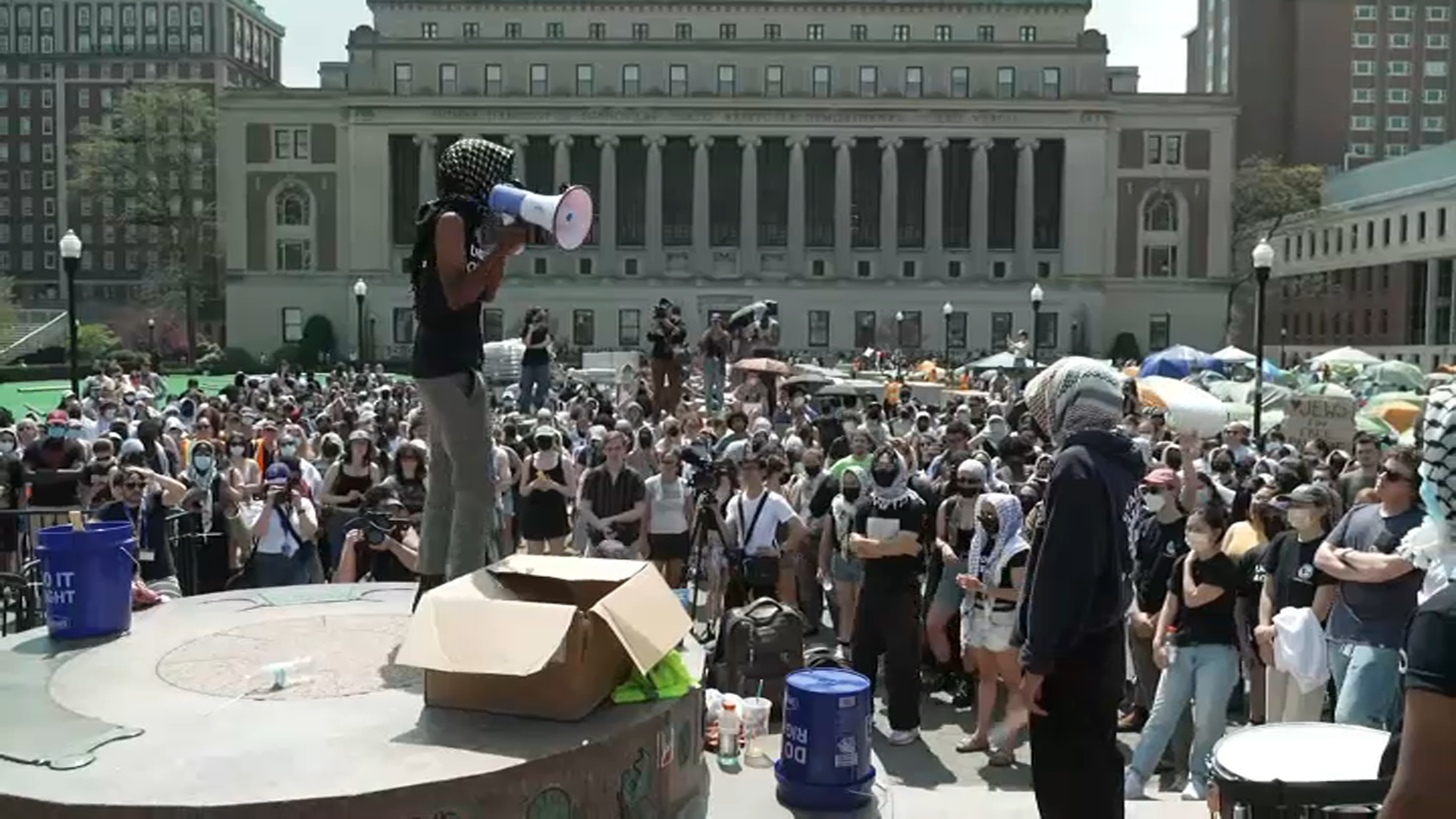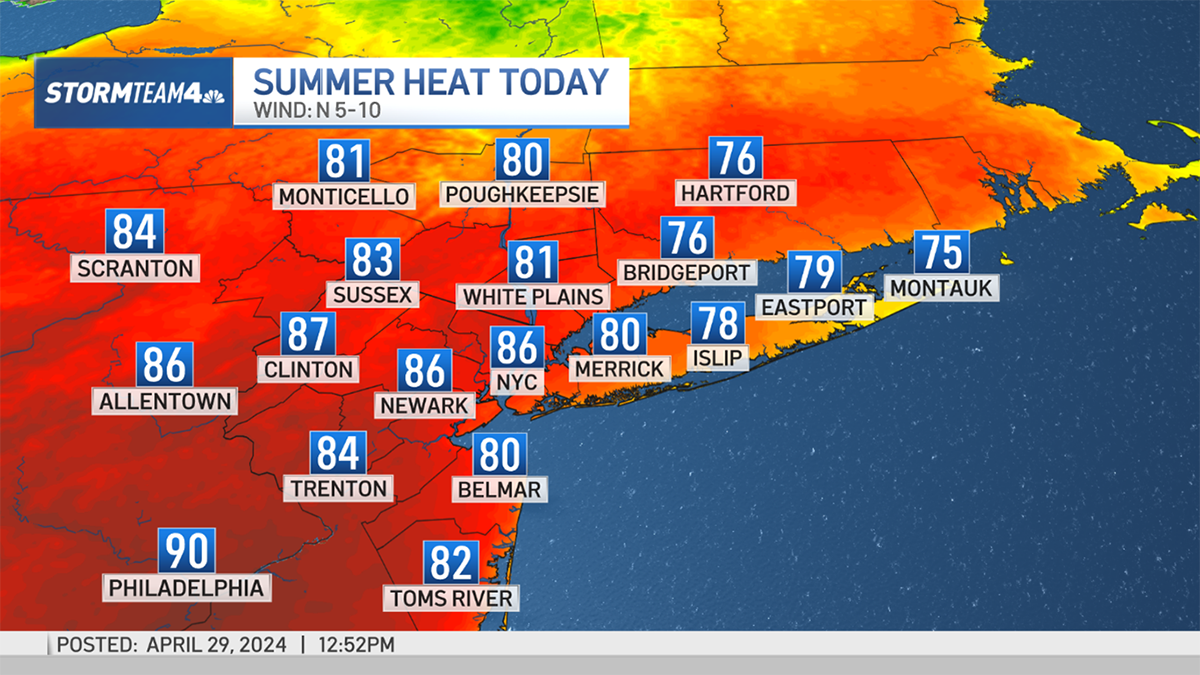What to Know
- A new NYC report dives into the environmental inequalities in the boroughs.
- The Bronx has the most environmental justice areas with low-income Latinx and Black residents.
- Central Brooklyn, Upper Manhattan, Southeast Queens and the Bronx are the most prone to high heat vulnerability, based on the findings.
The NYC Mayor’s Office of Climate and Environmental Justice (MOCEJ) released a new report and mapping tool on Friday that analyzes social and environmental inequalities in the boroughs for the first time.
The Environmental Justice NYC (EJNYC) Report is a byproduct years in the making by the city and a team of researchers for the MOCEJ.
Almost half of the city's population lives in neighborhoods labeled "environmental justice areas," or areas that have experienced disproportionate negative impacts from environmental pollution due to historical and existing social inequities, based on the report.
Get Tri-state area news and weather forecasts to your inbox. Sign up for NBC New York newsletters.
Communities of color are more exposed to polluted air and gas emissions due to living near waste processing facilities, highways and delivery routes littered with heavy-duty diesel vehicles, which contributes to high health effects and pollution-attributable emergency room visits.
In New York City, there is an average of 370 deaths per year due to hot weather, based on the 2022 Heat-Related Mortality Report, with Black New Yorkers twice as likely to die from heat-related issues and lack of access to home air conditioning.
Elijah Hutchinson is the executive director of the New York City Mayor's Office of Climate and Environmental Justice.
News
"Heat is one of the biggest killers in New York City. By 2030, we are expecting a tripling of days over 90 degrees, and our climate has been officially categorized, according to the National Climate Assessment, to now be humid subtropical," Hutchinson told NBC New York in an interview about climate change impacts.
Central Brooklyn, Upper Manhattan, Southeast Queens and the Bronx are the most prone to high heat vulnerability, based on the findings.
Access to green and open spaces, like parks, is disproportionate with a nearly 20% deficit in environmental justice areas versus non-environmental justice areas. The average amount of park space in problem areas is nine acres per 1,000 residents, compared to 11 acres per 1,000 residents.
“By mapping out neighborhoods’ proximity to parks and water quality levels, this EJNYC report and mapping tool sheds light on inequities and increases transparency,” said NYC Dept. of Parks and Recreation Commissioner Sue Donoghue.
The Bronx has the most environmental justice areas with low-income Latinx and Black residents reporting the inability to afford transit fares, the highest rates of food insecurity and diet-related diseases, such as diabetes.
Real estate redlining, or racially discriminatory real estate practices, has been found most damaging to Black and Latinx groups with almost 70% of those redlined in environmental justice areas.
Coastal storm surge, chronic tidal flooding and extreme rainfall are expected to rise within the next decade says climate scientist Radley Horton, who is a professor at Columbia University's Climate School and a member of the New York City Panel on Climate Change (NPCC).
Horton says for New Yorkers to plan for more heavy, destructive rain events similar to Hurricane Ida in 2021. "The worst rainy day of the year now contains about 50% more rainfall than it did just a couple of generations ago, so in the next 10 years, we won't necessarily detect a big change relative to right now, but on balance, the risk of these types of dangerous rain events is going up," said Horton to NBC New York.
Chasing Our Climate: On the Frontlines is a 30-minute documentary sequel that focuses on the weather disruptions after a tumultuous year, including the devastating Canadian wildfires and Hudson Valley flooding, while featuring New York and New Jersey climate heroes who rush toward danger in order to save our communities.
Chasing Our Climate is an NBC New York special that first aired in 2022 during the 10th anniversary of Hurricane Sandy. The four-part series highlighted dozens of tri-state leaders and nonprofits finding solutions to lessening the carbon footprint, including the NYC Department of Sanitation and the Billion Oyster Project. Watch the first part here.



